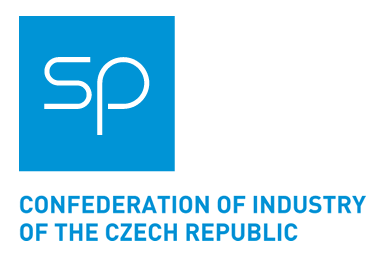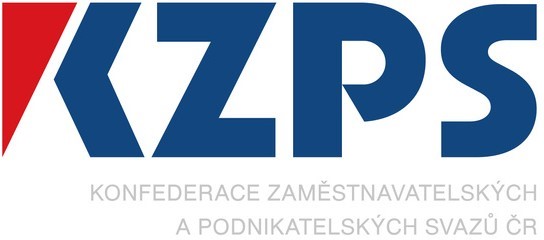Czech Business Today
EESC corner: self-regulation and co-regulation
Regulatory burden is considered the main obstacle in their activities by most of European SMEs. Overregulation is also one of the causes why Europe is losing its competitiveness in the face of other global players. European institutions are aware of it and are trying to make the life of entrepreneurs easier by developing new approaches to the legislation being it Smart regulation, Better regulation, Administrative burden reduction, Regulatory fitness (REFIT) etc.
These policies include commitments to improve the impact assessment procedures, to apply the SME test on every legislative proposal and to make ex-post evaluation of efficiency of the regulation. Still the overall number of regulation that affects entrepreneurs is tremendous. There is therefore the reason to search for alternatives. There are two methods that offer a large potential of fast and flexible approach and they are co-regulation and self-regulation. They can be both used to regulate the economic and social relations or commercial practices among various economic stakeholders; co-regulation can complement or supplement hard law. Self-regulation can become an alternative to it under certain conditions. These methods are not covered by the treaties but are defined in the Inter-institutional Agreement between Commission, Parliament and Council. The new impulse for increased role of self and co-regulation came with the digital agenda when the Commission decided to establish The Community of Practice that looks at the role of self- and co-regulation in addressing the challenges brought about by new technologies and hyper-connectivity.
The European Economic and Social Committee pays consistent attention to self and co-regulation since the middle nineties. The Committee is now working on an own initiative opinion dedicated to this issue. It points out the benefits of self- and co-regulation mechanisms such as removing obstacles to the single market, simplifying laws, flexible and speedy application, freeing up legislative circuits, and shared the responsibility of participants. However, they also have their limits, which depend primarily on effective monitoring and sanctions and total compatibility with all existing legal rules, and on the need for an adequate legislative framework in areas like financial services, health and safety and services of general interest.
The EESC proposed the following principles that should rule the self- and co-regulation mechanisms: they must always respect all existing legal European and international requirements, they must be transparent, providing practical information that is accessible to all, and their objectives should be stated clearly and unequivocally. Their achievement should be measurable, using objective criteria and reliable indicators.
Ivan Voleš
Member of the EESC





